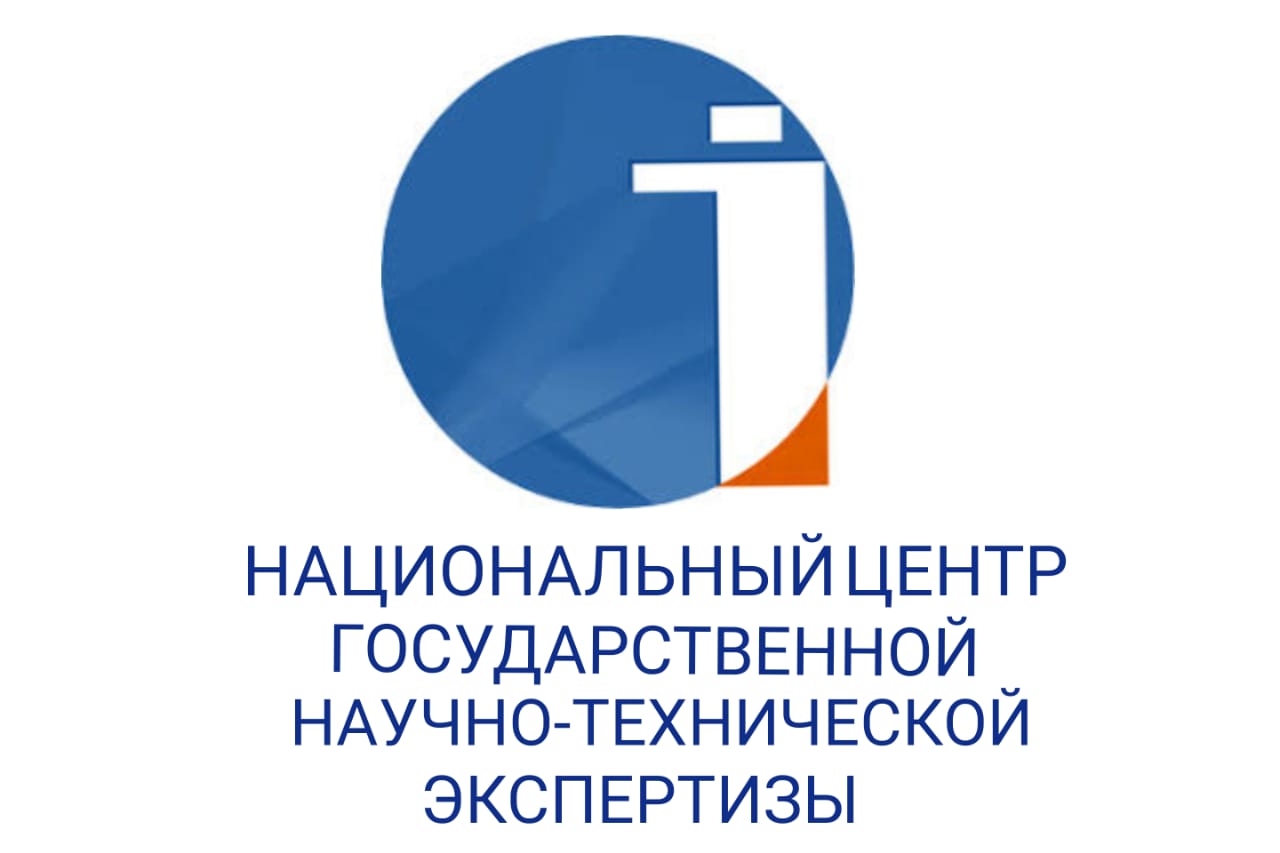AL-BARUDI'S WORK "LUGAT SALYAS-SE ZABON-UCH TIL" AND ITS PLACE IN LINGUISTICS (ACCORDING TO THE LIST OF THE NATIONAL LIBRARY OF THE REPUBLIC OF KAZAKHSTAN)
DOI:
https://doi.org/10.48371/PHILS.2025.3.78.015Keywords:
three language, comparative linguistics, Arabic, Persian, Turkic, Kazakh language, historical grammar, linguistic termAbstract
This article focuses on the analysis of Lugat Salas-Se Zabon-Uch Til ("Three Languages") by Galyamzhan al-Barudi (1857–1921). The aim is to demonstrate that comparative linguistic studies were already being conducted within the Turkic world in the late 19th and early 20th centuries. Despite its brief length, this textbook holds substantial practical and scholarly value, not only for comparative linguistics and Turkology but also for the study of Kazakh historical grammar. The article provides a summary of the author’s life and contributions and offers an analysis of the stamps and notations found on copies preserved in the Rare Books and Manuscripts Collection of the National Library of Kazakhstan. Each chapter of the textbook is reviewed, with an emphasis on its Arabic, Persian, and Turkic vocabulary, as well as its grammatical rules, which are presented as a basis for future comparative linguistic studies. In-depth grammatical comparisons of the three languages are provided. The author also includes Kazakh equivalents for linguistic terms, adding to the textbook’s utility in Kazakh historical grammar studies. Employing comparative, contrastive, diachronic, descriptive, review, and translation methodologies, this study highlights the historical significance of the textbook in comparative linguistics, Turkology, and the study of Kazakh historical grammar. Findings reveal that comparative linguistic research was indeed present in our region by the late 19th and early 20th centuries.








